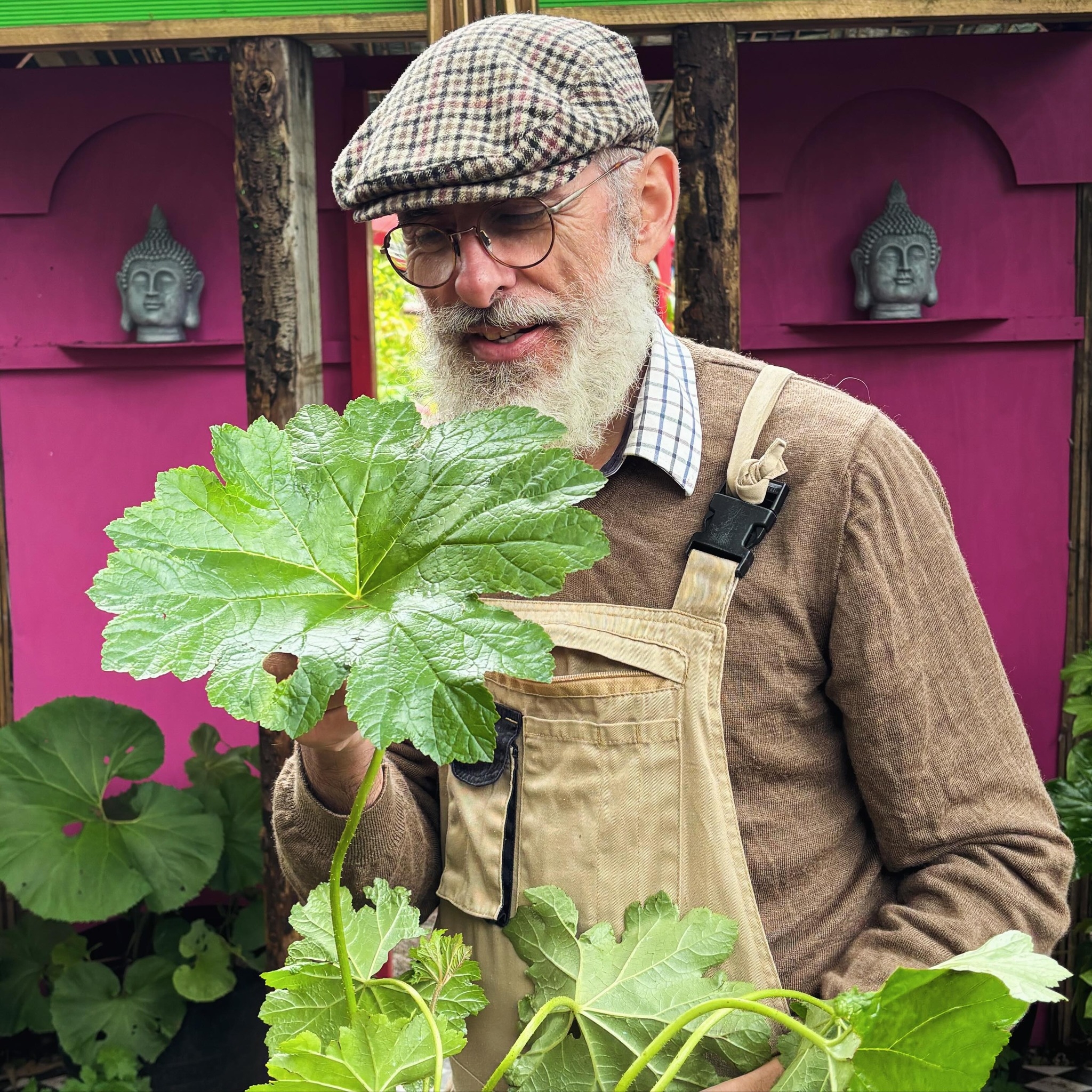Growing Olive Trees in the UK: A Gardener’s Guide
Olive trees (Olea europaea) have long been associated with the warm Mediterranean, but they can thrive in the UK with the right care. Their silvery foliage, gnarled trunks, and resilience make them a striking addition to gardens, courtyards, and patios. While producing fruit is challenging in Britain’s cooler climate, olives can still grow successfully as ornamental trees.
Choosing the Right Olive Tree
Most olive trees sold in the UK are hardy cultivars suited to cooler conditions. Some of the best choices include:
- ‘Arbequina’ – A compact, self-fertile variety with good cold tolerance.
- ‘Picual’ – A robust variety that withstands lower temperatures.
- ‘Frantoio’ – A traditional Tuscan olive with strong growth.
Mature trees (at least three years old) are more resilient to frost than young saplings, so it’s worth investing in a well-established plant.
Pollination and Fruit Production
Olive trees are monoecious, meaning they have both male and female flowers on the same tree. However, some varieties are self-fertile, while others require cross-pollination to set fruit.
Self-Fertile vs. Cross-Pollinating Varieties
- Self-fertile trees (e.g., ‘Arbequina’, ‘Koroneiki’) can produce fruit on their own but often yield more when cross-pollinated.
- Cross-pollinating varieties (e.g., ‘Frantoio’, ‘Leccino’) need another compatible variety nearby to bear fruit reliably.
Even self-fertile olives benefit from having another tree close by to increase the chances of successful pollination.
Pollination Method
Olive trees are wind-pollinated, meaning they do not rely on insects but rather on air currents to transfer pollen between flowers. In the UK’s often damp and still weather, this can be a limiting factor for fruit production. To improve pollination:
- Place multiple trees within 6–8 metres of each other.
- On still days, gently shake branches to disperse pollen.
- If growing in a greenhouse or conservatory, ensure good air circulation or use a soft brush to hand-pollinate.
Ideal Growing Conditions
Climate and Location
Olives prefer a warm, sheltered position with plenty of sunlight. A south-facing wall or courtyard is ideal, providing protection from cold winds and maximizing warmth.
Soil Requirements
These trees thrive in free-draining, sandy, or loamy soil with a neutral to slightly alkaline pH. Heavy clay soil can be problematic, so improve drainage by mixing in horticultural grit or planting in raised beds.
Planting and Care
Planting in the Ground
- Dig a hole twice as wide as the root ball.
- Mix in grit or perlite to aid drainage.
- Position the tree at the same depth as it was in its container.
- Water well after planting but avoid waterlogging.
Growing in Pots
In colder regions, growing olives in large containers (45cm+ diameter) allows for easy movement to sheltered areas in winter. Use a mix of:
- John Innes No. 3 compost
- Grit or sand for drainage
Repot every two to three years to refresh the soil.
Watering and Feeding
- Water sparingly – olives prefer dry conditions and hate soggy roots.
- In dry spells, water once a week, ensuring the soil is dry between waterings.
- Feed in spring and summer with a balanced, slow-release fertiliser or a tomato feed diluted to half strength.
Winter Protection
Although mature olive trees can tolerate temperatures as low as -10°C, prolonged wet and cold conditions can cause problems. To protect them:
- Wrap the trunk in horticultural fleece in harsh winters.
- Mulch around the base with gravel to prevent excess moisture.
- For potted trees, move them into a greenhouse, conservatory, or sheltered porch in severe frost.
Pruning and Maintenance
- In early spring, remove dead or weak branches to improve airflow.
- Lightly shape the tree to maintain its form.
- Olives are slow growers, so minimal pruning is required.
Will an Olive Tree Fruit in the UK?
While olives can flower and fruit in warmer summers, reliable cropping in the UK is rare. To encourage fruiting:
- Choose a self-fertile variety like ‘Arbequina’.
- Ensure the tree gets hot, dry summers – a greenhouse can help.
- Improve pollination with hand-pollination or by planting multiple trees.
Common Problems
- Yellowing Leaves – Usually due to overwatering or poor drainage.
- Sooty Mould – Caused by sap-sucking pests like scale insects. Wipe off and use an organic insecticide.
- Frost Damage – Leaves may drop after severe cold but usually regrow in spring.
Conclusion
Olive trees bring a touch of the Mediterranean to UK gardens, offering year-round beauty with minimal maintenance. While fruiting can be unreliable, their ornamental value alone makes them a worthwhile addition. With careful positioning, well-drained soil, and some winter protection, your olive tree can thrive for decades—even in the British climate.




